The Swing Overview – Week 17
Major stock indices continued in their correction and tested strong support levels. In contrast, the US dollar strengthened strongly and is at its highest level since January 2017. The strengthening of the dollar had a negative impact on the value of the euro and commodities such as gold, which fell below the $1,900 per ounce. The Bank of Japan kept interest rates low and the yen broke the magic level 130 per dollar.
The USD index strengthened again but the US GDP declined
The US consumer confidence in the month of April came in at 107.3, a slight decline from the previous month when consumer confidence was 107.6.
The US GDP data was surprising. The US economy decreased by 1.4% in 1Q 2022 (in the previous quarter the economy grew by 6.4%). This sharp decline surprised even analysts who expected the economy to grow by 1.1%. This result is influenced by the Omicron, which caused the economy to shut down for a longer period than expected earlier this year.
The Fed meeting scheduled for the next week on May 4 will be hot. In fact, even the most dovish Fed officials are already leaning towards a 0.5% rate hike. At the end of the year, we can expect a rate around 2.5%.
The US 10-year bond yields continue to strengthen on the back of these expectations. The US dollar is also strengthening and is already at its highest level since January 2017, surpassing 103 level.
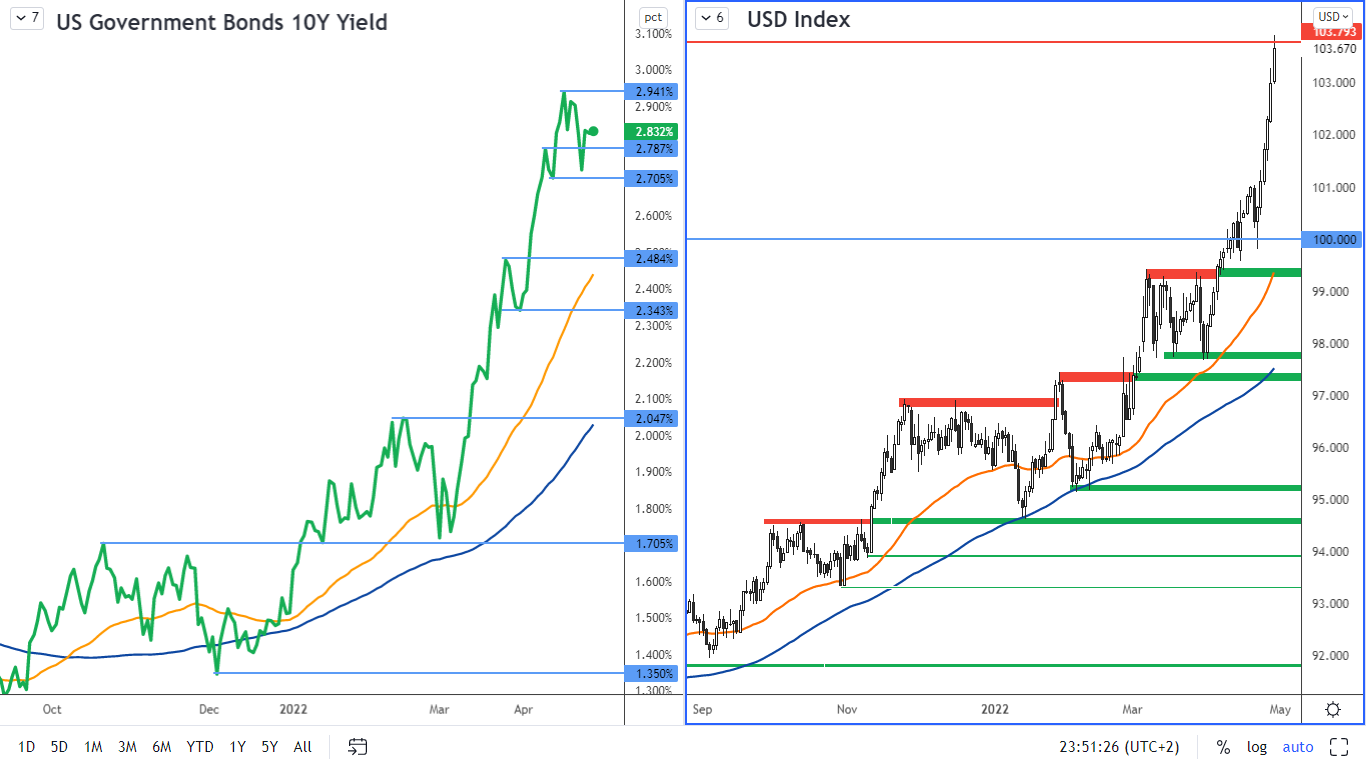
Figure 1: US 10-year bond yields and the USD index on the daily chart
Earnings season is underway in equities
Earnings season is in full swing. Amazon's results were disappointing. While revenue was up 7% reaching $116.4 billion in the first quarter (revenue was $108.5 billion in the same period last year), the company posted an total loss of $8.1 billion, which translated to a loss of $7.56 per share. This loss, however, is not due to operating activities, but it is the result of the revaluation of the equity investment in Rivian Automotive.
Facebook, on the other hand, surprised in a positive way posting unexpectedly strong user growth, a sign that its Instagram app is capable of competing with Tik Tok. However, the revenue growth of 6.6% was the lowest in the company's history.
Apple was also a positive surprise, reporting earnings per share of $1.52 (analysts' forecast was $1.43) and revenue growth of $97.3 billion, up 8.6% from the same period last year. However, the company warned that the closed operations in Russia, the lockdown in China due to the coronavirus and supply disruptions will negatively impact earnings in the next quarter.
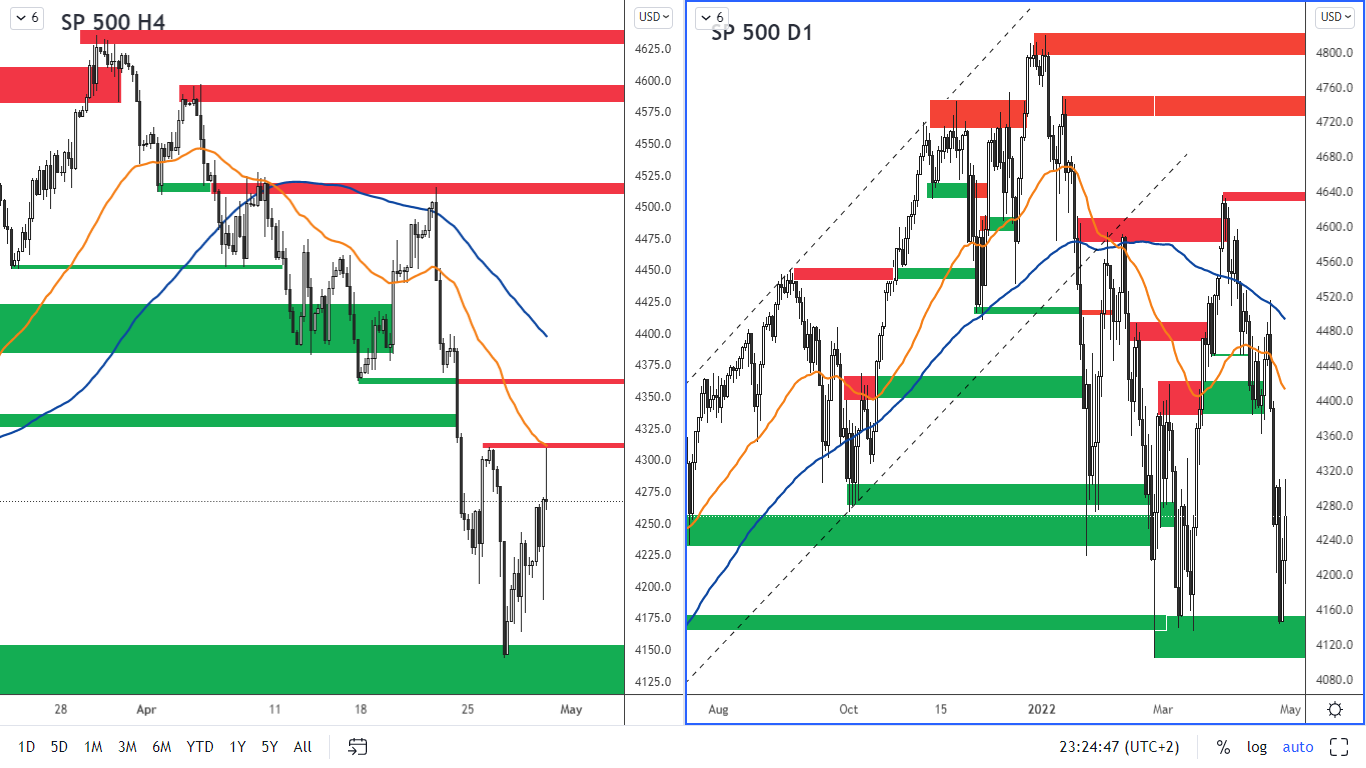 Figure 2: The SP 500 on H4 and D1 chart
Figure 2: The SP 500 on H4 and D1 chart
In terms of technical analysis, the US SP 500 index is in a downtrend and has reached a major support level on the daily chart last week, which is at 4,150. It has bounced upwards from this support to the resistance according to the 4 H chart which is 4,308 - 4,313. The next resistance according to the H4 chart is 4,360 - 4,365. The strong resistance is at 4,500.
German DAX index
German businessmen are optimistic about the development of the German economy in the next 6 months, as indicated by the Ifo Business Climate Index, which reached 91.8 for April (the expectation was 89.1). However, this did not have a significant effect on the movement of the index and it continued in its downward correction.
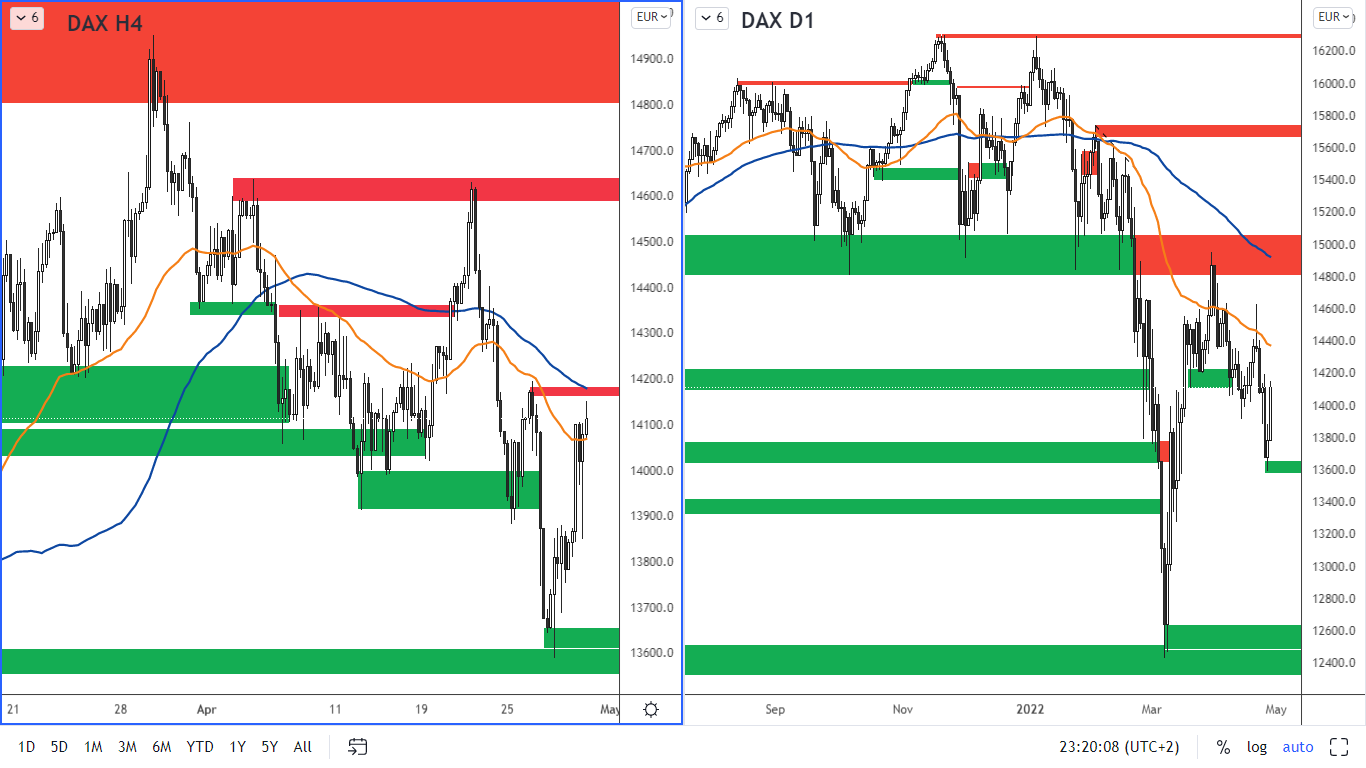 Figure 3: German DAX index on H4 and daily chart
Figure 3: German DAX index on H4 and daily chart
The index is below the SMA 100 on both the daily chart and the H4 chart, confirming the bearish sentiment. The nearest support according to the H4 is 13,600 - 13,650. The resistance is 14,180 - 14,200. The next resistance is 14,592 - 14,632.
The euro has fallen below 1.05
The euro lost significantly last week. While the French election brought relief to the markets as Emmanuel Macron defended the presidency, geopolitical tensions in Ukraine continue to weigh heavily on the European currency. The strong dollar is also having an impact on the EUR/USD pair, pushing the pair down. The price has fallen below 1.05, the lowest level since January 2017.
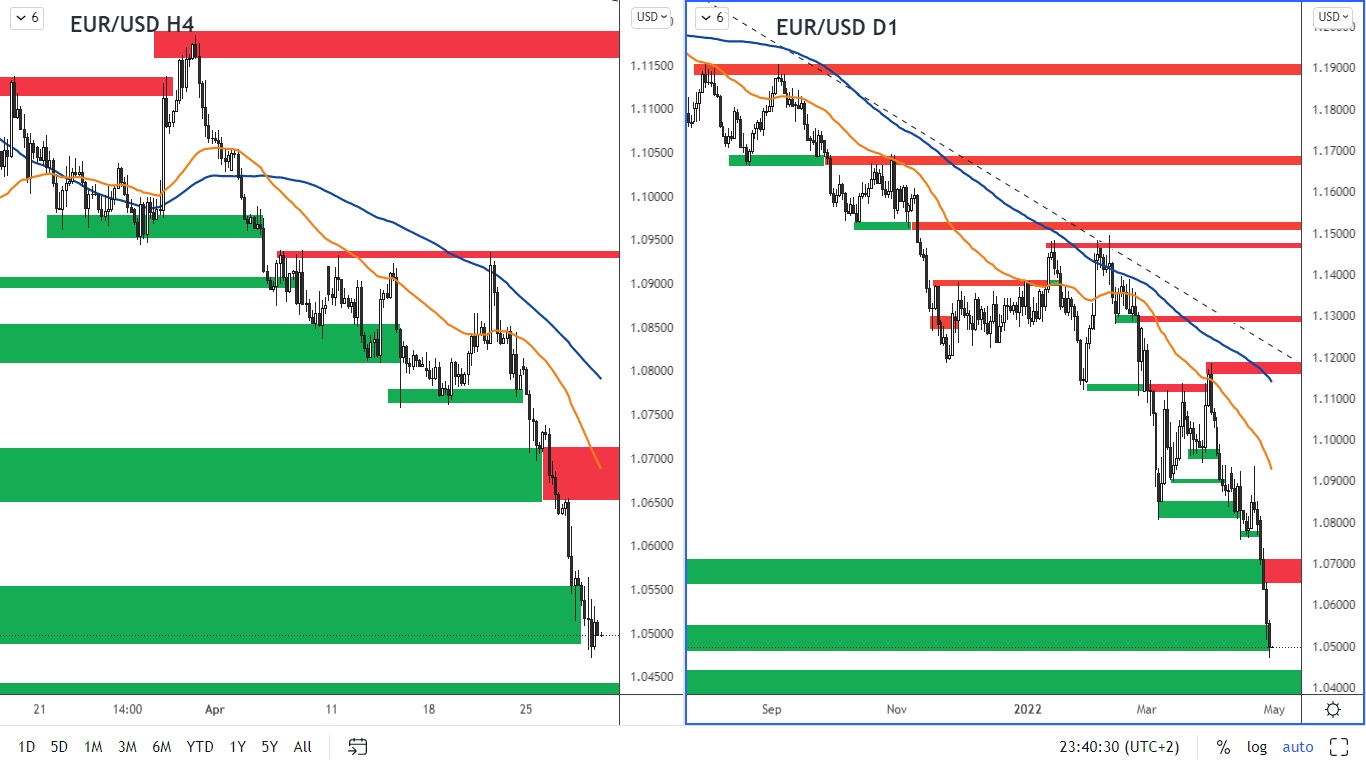 Figure 4: EURUSD on H4 and daily chart
Figure 4: EURUSD on H4 and daily chart
The euro broke through the important support at 1.0650 - 1.071, which has now become the new resistance. The new support was formed in January 2017 and is around the level 1.0350 - 1.040.
Japan's central bank continues to support the fragile economy
The Bank of Japan on Thursday reinforced its commitment to keep interest rates at very low levels by pledging to buy unlimited amounts of 10-year government bonds daily, sparking a fresh sell-off in the yen and reviving government bonds. With this commitment, the BOJ is trying to support a fragile economy, even as a surge in commodity prices is pushing the inflation up.
The decision puts Japan in the opposite position to other major economies, which are moving towards tighter monetary policy to combat soaring prices.
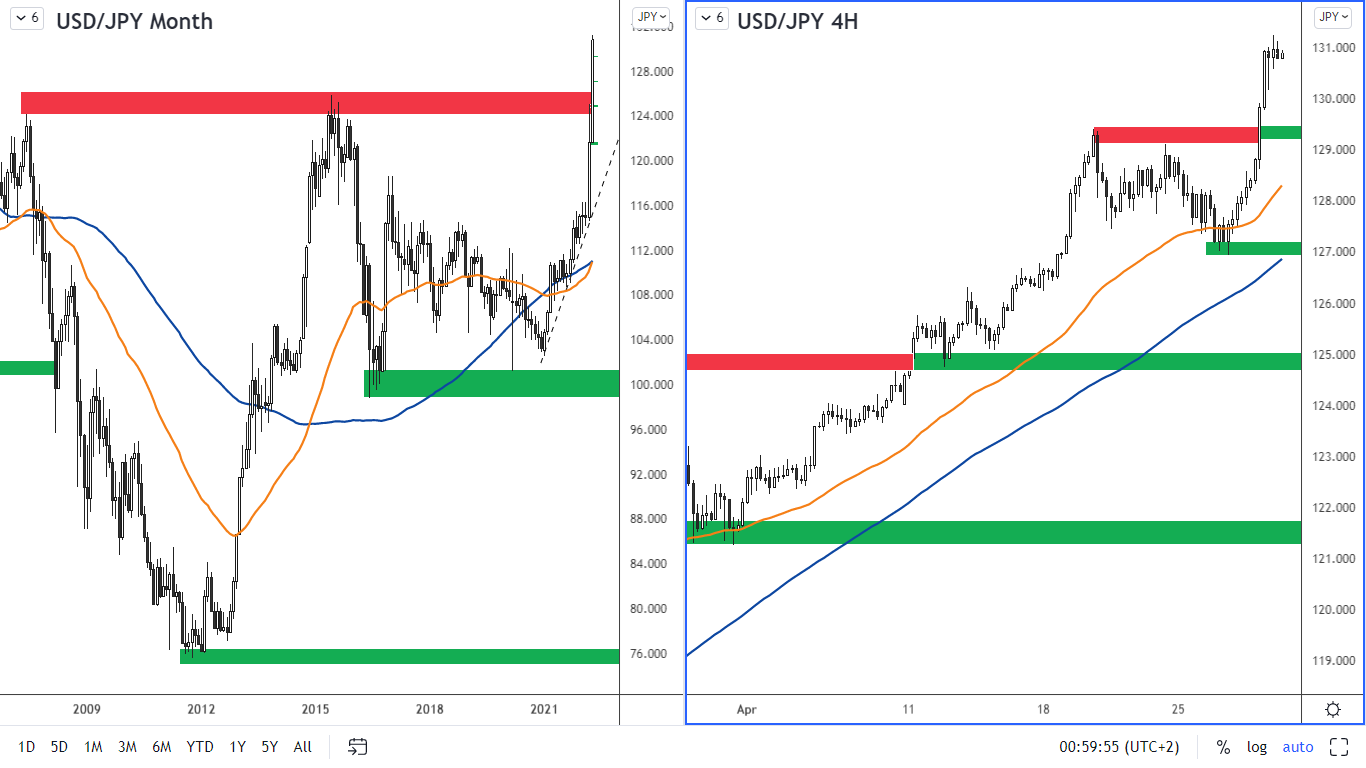 Figure 5: The USD/JPY on the monthly and daily chart
Figure 5: The USD/JPY on the monthly and daily chart
In fresh quarterly forecasts, the central bank has projected core consumer inflation to reach 1.9% in the current fiscal year and then ease to 1.1% in fiscal years 2023 and 2024, an indication that it views the current cost-push price increases as transitory.
In the wake of this decision, the Japanese yen has continued to weaken and has already surpassed the magical level 130 per dollar.
Strong dollar beats also gold
Anticipation of aggressive Fed action against inflation, which is supporting the US dollar, is having a negative impact on gold. The rising US government bond yields are also a problem for the yellow metal. This has put gold under pressure, which peaked on Thursday when the price reached USD 1,872 per ounce of gold. But then the gold started to strengthen. Indeed, the decline in the US GDP may have been something of a warning to the Fed and prevent them from tightening the economy too quickly, which helped gold, in the short term, bounce off a strong support.
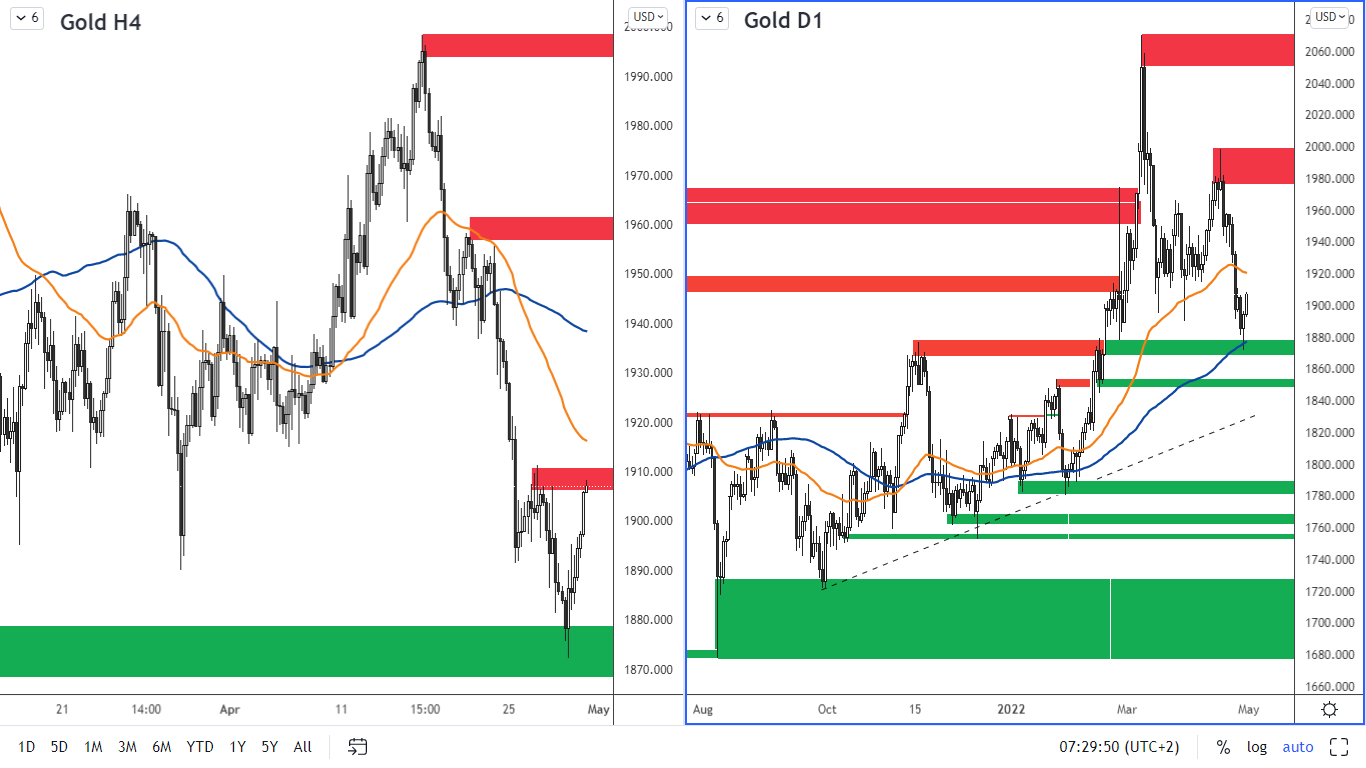 Figure 6: The gold on H4 and daily chart
Figure 6: The gold on H4 and daily chart
Strong support for the gold is at $1,869 - $1,878 per ounce. There is a confluence of horizontal resistance and the SMA 100 moving average on the daily chart. The nearest resistance according to the H4 chart is 1 907 - 1 910 USD per ounce. The strong resistance according to the daily chart is then 1 977 - 2 000 USD per ounce of gold. Moving averages on the H4 chart can also be used as a resistance. The orange line is the EMA 50 and the blue line is the SMA 100.